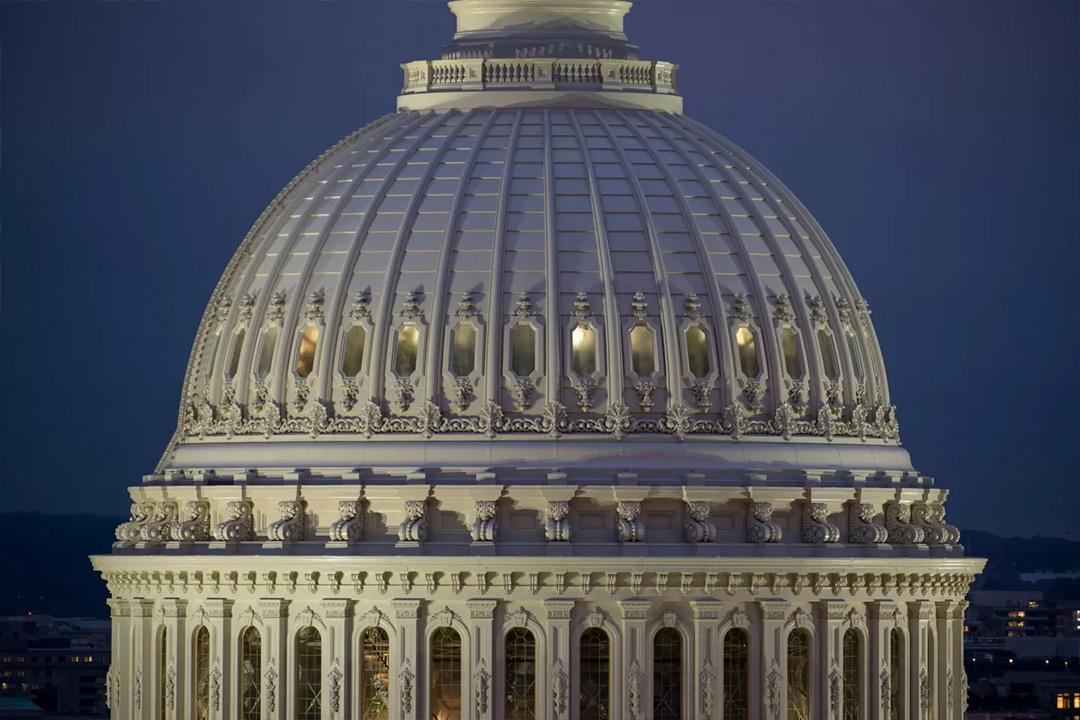Domes have captivated human imagination for centuries, standing as architectural marvels that symbolize both innovation and elegance. These hemispherical structures, which span large spaces without the need for internal supports, have been employed in various forms and purposes throughout history, from ancient temples to modern event venues.
The Evolution of Domes
The concept of the dome dates back to ancient civilizations. Early examples include the mud-brick domes in Mesopotamia and the iconic Roman Pantheon, which remains the world’s largest unreinforced concrete dome. These early domes were feats of engineering, allowing civilizations to create vast, open spaces within their structures, a feature that was not possible with flat-roofed buildings of the same era.
Over time, dome construction evolved, with the introduction of materials like stone, brick, and eventually steel and concrete, which allowed for more ambitious designs. The Renaissance period saw a resurgence in dome construction with masterpieces like Brunelleschi’s dome for the Florence Cathedral, a marvel of engineering that employed a double-shell design to reduce weight.
Types of Domes
Modern domes come in various forms, each suited to different applications and environments. Some of the most common types include:
- Geodesic Domes: Popularized by architect Buckminster Fuller, these domes are composed of a network of triangles that distribute stress across the structure, making them incredibly strong and lightweight. Geodesic domes are used in everything from eco-homes to large-scale event spaces, owing to their ease of assembly and cost-effectiveness.
- Monolithic Domes: These are built from a single piece of material, often concrete, making them extremely durable and energy-efficient. Monolithic domes are frequently used for homes, schools, and storage facilities because of their resistance to natural disasters like hurricanes and tornadoes.
- Inflatable Domes: These domes use air pressure to maintain their shape and are typically used for temporary structures, such as sports arenas, exhibition halls, or emergency shelters. They are quick to deploy and can cover large areas without the need for heavy materials or extensive construction.
- Polygonal Domes: Made up of flat polygons, these domes provide a more faceted appearance. While less common, they are often chosen for their unique aesthetic and are used in modern architecture to create visually striking buildings.
Applications of Domes
The versatility of domes makes them suitable for a wide range of applications. Historically, they were used in religious and governmental buildings to convey a sense of grandeur and stability. The U.S. Capitol Building and the Dome of the Rock in Jerusalem are prime examples of domes that have become symbols of national and religious significance.
In contemporary settings, domes are increasingly used for immersive experiences and events. Projection mapping within domes allows for 360-degree visual experiences, making them ideal for planetariums, theaters, and marketing events. The ability to project images and videos onto the interior surface of a dome creates an enveloping environment, transporting audiences to different worlds without leaving the room.
Domes are also playing a crucial role in sustainable architecture. The geodesic dome, with its minimal use of materials and energy efficiency, has been adopted by eco-conscious architects and builders. These domes are used for greenhouses, homes, and community centers, showcasing the potential for domes to contribute to sustainable living.
The Future of Domes
As architectural technology advances, the use of domes is likely to expand even further. Innovations in materials, such as carbon fiber and smart glass, could make domes lighter, stronger, and more versatile. Additionally, the integration of digital technologies, such as augmented reality (AR) and the Internet of Things (IoT), could transform domes into smart environments that interact with their occupants in real-time.
In urban planning, domes may also become more common as cities seek sustainable and space-efficient building solutions. Their ability to cover large areas without internal supports makes them ideal for urban farms, sports complexes, and public gathering spaces.
Conclusion
Domes represent a perfect blend of form and function. From their ancient origins to their modern applications, they continue to fascinate and inspire architects, engineers, and the public alike. Whether used for traditional architecture or cutting-edge events, domes are likely to remain a significant element in the landscape of human innovation.
